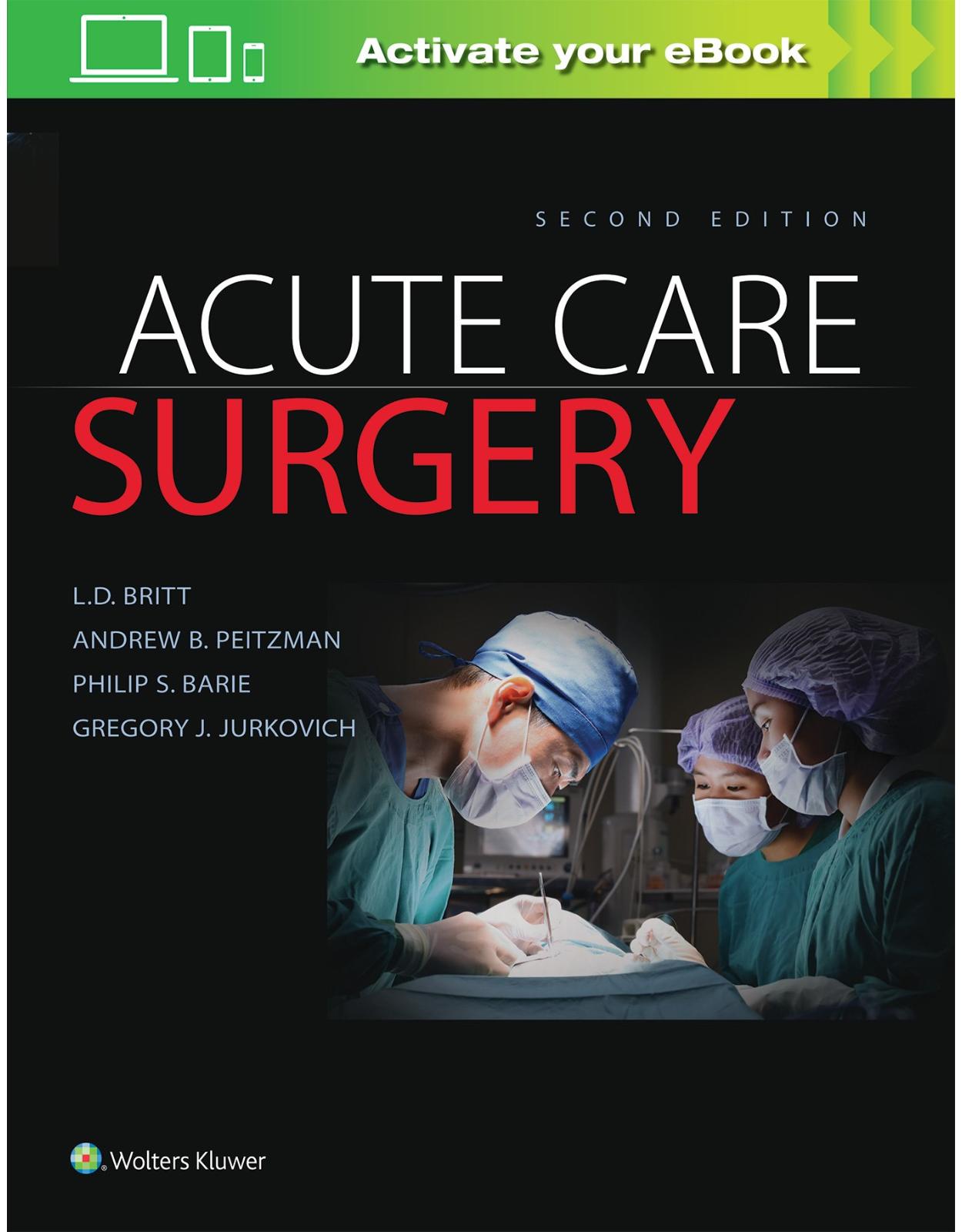
Acute Care Surgery 2nd Edition
Livrare gratis la comenzi peste 500 RON. Pentru celelalte comenzi livrarea este 20 RON.
Disponibilitate: La comanda in aproximativ 4 saptamani
Editura: LWW
Limba: Engleza
Nr. pagini: 960
Coperta: Hardcover
Dimensiuni: 22.1 x 4.32 x 28.96 cm
An aparitie: 1 Oct. 2018
Description:
Publisher's Note: Products purchased from 3rd Party sellers are not guaranteed by the Publisher for quality, authenticity, or access to any online entitlements included with the product. Substantially updated with more illustrations and brand-new chapters that reflect the growth and advances in the field, this latest edition of Acute Care Surgery features an editorial board drawn from the ranks of trauma surgery, emergency surgery, and critical care surgery. A comprehensive, updated, and timely overview of this fledgling specialty!
Table of Contents:
Section 1: Fundamental Principles
Chapter 1 Acute Care Surgery: General Principles
Overview
Acute Care Surgery—Core Principles
Core Management Principles (the 4 Es)
Expeditious Initial Assessment
End Point–Guided Resuscitation
The Full Spectrum of Management—General Principles
Primary Survey
Secondary Survey
Topography and Clinical Anatomy
Mechanism of Injury—Penetrating Trauma
Physical Examination
Diagnostic Studies
Penetrating Abdominal Injuries and the Hemodynamically Stable and Unstable Patient
Trauma Laparotomy
General Principles in Management of Specific Injuries
Small Intestines
Colon
Stomach/Duodenum
Pancreas
Spleen
Gallbladder and Liver
Genitourinary System
Retroperitoneal Hematomas
Intra-abdominal Packing and “Damage Control” Strategy
Mechanism of Injury—Blunt Trauma
Current Diagnostic and Imaging Techniques
Focused Abdominal Sonography for Trauma
Computed Tomography
Specific Organ Injury
The Spleen
The Liver
Intestine
Lung and Chest Wall
Summary
References
Chapter 2 Acute Care Surgery: Advancement and Challenges
References
Chapter 3 Curriculum Development and Training in Acute Care Surgery
Training Paradigm Structure
Refining the Curriculum
Ongoing Evaluation of the Educational Process
Conclusion
References
Chapter 4 Host Response to Acute Illness and Injury
Cardiovascular
Pulmonary
Neurologic
Renal
Endocrine
Gastrointestinal
Hematologic
Mediators of Injury
References
Chapter 5 Shock and Current Resuscitation Strategies
Pathophysiology
Back to Basics: Normal Oxygen Kinetics
When Cells Cannot Breathe: The Cellular Response to Hypoxia
Classification of Shock States
Hypovolemic Shock
Diagnosis
Treatment
Sepsis and Septic Shock
Initial Resuscitation
Diagnosis
Treatment
Obstructive Shock
Cardiogenic Shock
Diagnosis
Treatment
Neurogenic Shock
Diagnosis
Treatment
Summary
References
Chapter 6 Preoperative Assessment of the Emergency General Surgery Patient
Introduction
Evaluation
Comprehensive History
Physical Examination
Laboratory Parameters
Imaging
Resuscitation
Fluid and Electrolytes
Blood Transfusion
Glucose Control
Hemodynamic Support
Antimicrobial Therapy
Monitoring: Endpoints of Resuscitation
Urine Output and Concentration
Pulse and Blood Pressure
Serum Lactate
Invasive Hemodynamic Parameters
Electrolytes
Conclusion
References
Chapter 7 Imaging in Acute Care Surgery
Trauma
Thorax
Abdominal Injury
Interventional Imaging
References
Chapter 8 Surgical Rescue
Surgical Complications
Complications and Errors
The Importance of Elective General Surgery in Surgical Rescue
Rescue and Failure to Rescue
Safety Culture
Special Considerations for Rescue in Trauma
A New Era of Surgical Rescue
References
Chapter 9 Complications of Wound Healing
Scope of the Problem
Preoperative Strategies
Operative Strategies
Closing the Abdomen
Postoperative Strategies
Seromas and Hematomas
Surgical Site Infection
Fascial Dehiscence
Ventral Hernia
Conclusion
References
Chapter 10 Damage Control Management/Open Abdomen
History and Evolution of Damage Control
Damage Control Indications
Damage Control Sequence
Ground Zero: Prehospital Care/Initial Resuscitation
Part 1: Control of Hemorrhage and Contamination (Initial Laparotomy)
Part 2: Resuscitation in Intensive Care Unit
Part 3: Definitive Injury Repair (Subsequent Laparotomy)
Part 4: Open Abdominal Wounds and Definitive Abdominal Closure
Complications and Damage Control
Nutritional Consideration for the Open Abdomen
Damage Control and Abdominal Sepsis
Acknowledgment
References
Chapter 11 Basic Operative Strategies and Techniques in Acute Care Surgery
Operative Approach to Neck Trauma
Zone I Innominate and Subclavian Vessel Injury
Zone II Carotid Artery Injury
Vertebral Artery Injury
Venous Injury
Cervical Esophagus
Operative Approaches to Chest Trauma
Emergency Department Thoracotomy
Injury to the Thoracic Esophagus
Control of Intrathoracic Bleeding
Damage-control Procedures in the Chest
Tracheobronchial Injury
Operative Approach to Abdominal Trauma
Solid Organ Injury
Pancreas
Enteric Injury
Abdominal Vascular Injury
Celiac Axis Injury
Portal Venous Injury, Hepatic Artery Injury, or Retrohepatic Vena Caval Injury
Retrohepatic Venous Injury
Minimally Invasive Surgery in Acute Care Surgery
Diagnostic and Therapeutic Laparoscopy in the Evaluation of Acute Abdomen
The Role of Thoracoscopy in Trauma
Damage Control (Abbreviated Laparotomy)
Basic Operative Approaches in Extremity Injuries
Summary and Conclusion
References
Chapter 12 Catheter Intervention and Hemorrhage Control
Introduction
Diagnostic Angiography
Angioembolization
Covered Stents
Endovascular Therapy in Unstable Patients
Endovascular Applications in Traumatic Hemorrhage
Large Vessel Injury
Pelvic Hemorrhage
Endovascular Hemostasis for Splenic Injury
Catheter Techniques for Hepatic Trauma
Other Trauma Applications of Embolization
Nontraumatic Hemorrhage
Gastrointestinal Bleeding
Postpartum Hemorrhage
Resuscitative Endovascular Balloon Occlusion of the Aorta
Indications and Procedure
Procedural Challenges
Duration of Occlusion
Complications
Technology
Training and Credentialing
Reboa in the ED and Prehospital Environments
Hybrid Trauma Operating Room
Summary
References
Chapter 13 Airway Management
History
The Identification of Airway Compromise
Mask Ventilation
Airway Adjuncts
Laryngeal Mask Airway
Esophageal–Tracheal Combination Tubes
Rapid Sequence Induction
Endotracheal Intubation
Direct Laryngoscopy
Video Laryngoscopy
Invasive Approaches to Airway Management
Cricothyroidotomy
Tracheostomy
The Known Difficult Airway
Special Considerations in Trauma
Pediatric Considerations
Summary
References
Chapter 14 Transfusion Management
Transfusion Therapy
Indications for Transfusion of Blood Components in the Intensive Care Unit
Fresh Frozen Plasma Transfusion
Platelet Transfusion
Cryoprecipitate Transfusion
Coagulopathy
Hypercoagulable and Hypocoagulable States
Blood Transfusion in Trauma
Massive Transfusion
Strategies to Reduce Complications Associated with Massive Transfusion
Massive Transfusion and Trauma-Induced Coagulopathy
Hypotensive or Delayed Resuscitation
Hemostatic/Damage Control Resuscitation (DCR)
Massive Transfusion Protocols
Viscoelastic Testing for Massive Transfusion
Transfusion After Hemorrhage Control
Efficacy of Red Blood Cell Transfusion in Trauma and Associated Risks
Hematologic Abnormalities
Red Blood Cell Disorders
Platelet Disorders
Conclusion
References
Chapter 15 Nutrition Support in Acute Care Surgery
Introduction
Nutrient Utilization During Normal States of Health
Nutrient Utilization During Acute Surgical Illness
The Physiologic Response to Starvation As a Starting Point in the Design of Nutrition Intervention Therapy
Starvation: A Physiologic Process in the Acutely Ill?
Nutritional Intervention Therapy
Nutrition Intervention Team: More Than Just the Doctor
How to Calculate Nutritional Goals
Nutrition Intervention Therapy
Side Effects of Nutrition Intervention Therapy
Overfeeding
Hyperglycemia and Glucose Control
Hypertriglyceridemia
Gastrointestinal Intolerance
Specialized Nutrition Intervention
Immunonutrition
The Future
References
Chapter 16 Sepsis: Biology, Pathophysiology, and Management
The Biology
Innate Immunity: Pathogen and Cell Damage Pattern Recognition
Nonimmune Cells: Cellular Bioenergetics in Sepsis
Autophagy
Pathophysiology
Hypometabolism and Organ Failure in Sepsis
Aging and the Response to Sepsis
Management
Diagnosis
Treatment
References
Chapter 17 Antibiotic Use and Misuse
Infection Control
Pharmacokinetics and Pharmacodynamics
Antibiotic Prophylaxis
Principles of Antibiotic Therapy
Evaluation of Possible Infection
Empiric Antibiotic Therapy
Duration of Therapy
Managing Microbial Ecology (including Outbreaks)
Spectra of Antibiotic Activity
Cell Wall–Active Agents: Beta-Lactam Antibiotics
Monobactams
Carbapenems
Cell Wall–Active Agents: Lipoglycopeptides
Cell Wall–Active Agents: Cyclic Lipopeptides
Cell Wall–Active Agents: Polymyxins
Protein Synthesis Inhibitors
Aminoglycosides
Tetracyclines
Oxazolidinones
The Macrolide–Lincosamide–Streptogramin (MLS) Family
Drugs That Disrupt Nucleic Acids
Cytotoxic Antibiotics
Antibiotic Toxicities
Beta-Lactam Allergy
“Red Man” Syndrome
Nephrotoxicity
Ototoxicity
Avoiding Toxicity: Adjustment of Antibiotic Dosage
Hepatic Insufficiency
Renal Insufficiency
Prophylaxis and Therapy of Fungal Infections
Central Venous Catheters
Prediction of Invasive Candida Infection
Prophylaxis of Fungal Infection
Antifungal Prophylaxis of Solid Organ Transplant Recipients
Principles of Antifungal Therapy
Antifungal Agents in the Practice of Acute Care Surgery
References
Chapter 18 Pathophysiology and Management of Pain
Epidemiology
Pathophysiology of Pain
Classification
Therapy
Education
Pain Assessment
Medications
Nonopioid Analgesics
Opioid Analgesics
Adjuvant Analgesics
Nonpharmacologic Approaches
Multimodal Therapy
References
Chapter 19 Acute Care Surgery in Special Populations
Acute Care Surgery in the Elderly
Physiologic Changes Associated with Aging
Clinical Presentation
Perioperative Management of the Elderly
Frailty and Perioperative Risk
Specific Considerations
Ethical and End-of-Life Issues
Acute Care Surgery and Pregnancy
Normal Physiologic Changes Associated with Pregnancy
Specific Considerations
Pediatric Surgery for the Acute Care Surgeon
Pediatric Anatomy and Physiology
Specific Considerations
References
Chapter 20 Regionalization and System Development
Regionalization
Program Design
Operational Objectives
Conclusions
References
Chapter 21 Disaster Preparedness and Mass Casualty Management
Definitions
Phases of the Disaster
Planning
Administrative Structure of the Response
Medical Care Concerns
Triage
Specifics of the Hospital Response
Specific Injury Patterns
Recovery
Surgical Volunteerism
Summary
Suggested Resources
References
Chapter 22 Injury Prevention
Introduction
Historical Perspective
Nomenclature, Definitions, and Framework
Specific Injury Prevention Areas and Efforts
Motor Vehicle Collisions
Helmets
Alcohol
Firearm-Related Injury
Burns
Suicide
Domestic Violence
Falls
The Role of the Acute Care Surgeon in Injury Prevention
References
Chapter 23 The Immunocompromised Patient and the Acute Abdomen
The Immune System
Profound Immunocompromised States
Organ Transplantation
Hematopoietic Cell Transplantation
Autoimmune Disorders
Neutropenia
Human Immunodeficiency Virus/Acquired Immunodeficiency Syndrome
Relative Immunocompromised States
Diabetes Mellitus
Burns and Critical Illness
Substance Abuse
Aging and Malnutrition
Surgical Disease Processes Related to the Immunocompromised State
Pseudomembranous Colitis
Neutropenic Enterocolitis
Mycobacterium Enteritis
Gastrointestinal Cytomegalovirus Infection
Acute Graft vs Host Disease
General Considerations
Diagnosis
Preoperative Management
Operative Considerations
Postoperative Management
Postoperative Complications Related to the Immunocompromised State
Postoperative Fungal Infections
Other Postoperative Infectious Concerns
Postoperative Transplant Rejection
Posttransplant Lymphoproliferative Disorder
Conclusion
References
Chapter 24 Endoscopic Interventions in the Acute Care Setting
Perforations of the GI Tract
Causes and Selection of Patients Amenable to Endoscopic Treatment
Incidence of Iatrogenic Perforation During Endoscopy
Clipping of Iatrogenic Perforations
Stenting of Esophageal Perforation
Endoscopic Drainage of the Pancreatic Pseudocyst
Choledocholithiasis in the Bariatric Surgical Patient
Percutaneous Endoscopic Gastrostomy Tube Placement
Colonic Obstruction
Malignant Colonic Obstruction
Patient Selection for Colonic Stenting
Technique of Colonic Stenting
Benign Colonic Obstruction
Stricture
Balloon Dilation Technique
Volvulus
Cecal Volvulus
Summary
Acknowledgments
References
Chapter 25 Palliative Care
Introduction
Origins, Evolution, and Evidence Base of Surgical Palliative Care
Relevance of Palliative Care to Acute Care Surgery
Principles of Surgical Palliative Care
Surgical Palliative Care in Practice
General Palliative Care Competencies for the Acute Care Surgeon
Pretherapeutic/Preoperative Considerations
Therapeutic/Intraoperative Considerations
Posttherapeutic/Postoperative Considerations
Care of the Dying Patient and Their Family
Common Ethical and Legal Issues
The Surgeon and Palliative Care
Acknowledgments
References
Chapter 26 Recovery and Rehabilitation
The Interdisciplinary Team
Amputations
Spinal Cord Injury
Pulmonary Complications
Cardiovascular
Autonomic Dysreflexia
Gastrointestinal
Genitourinary
Endocrine
Skin
Musculoskeletal
Burns
Pain Management in the Burn Patient
Traumatic Brain Injury
The Medically Complex Acute Care Surgery and Trauma Patient
Nervous System
Prolonged Ventilation
Summary
References
Chapter 27 Grading and Scoring Systems for Acute Care
Introduction
Scoring Systems for Injury
Anatomic Injury Scoring Systems
Physiologic Injury Scoring Systems
Scores That Combine Anatomic and Physiologic Parameters
Scoring Systems for Emergency General Surgery
Overview of Emergency General Surgery Scoring Systems
Traditional Disease-Specific Scoring Systems for EGS Severity
AAST Grading System for Anatomic Severity of Emergency General Surgery Diseases
Physiologic Scoring Systems
Single Organ Scoring Systems
Multi-Organ Scoring Systems
References
Chapter 28 The Role of Laparoscopy/Thoracoscopy in Acute Care Surgery
Physiology of Laparoscopy
Cardiovascular Changes
Respiratory Changes
Renal Changes
Hepatic Changes
Laparoscopy in Emergency General Surgery (EGS)
Historical Perspectives and Evolution of Laparoscopy in EGS
Advantages of Laparoscopy over Laparotomy in Emergency General Surgery
Contraindications to use of Laparoscopy in EGS
Specific use of Laparoscopy in EGS
Laparoscopy in Trauma
Historical Perspectives and Evolution of Laparoscopy in Trauma
Advantages of Laparoscopy over Laparotomy in Trauma
Contraindications to use of Laparoscopy in Trauma
Specific use of Laparoscopy in Trauma
Thoracoscopy in Acute Care Surgery
History
Indications for Video-assisted Thoracoscopic Surgery
Advantages of VATS
Disadvantages and Complications of VATS
Contraindications to VATS
Technique of VATS
VATS in Trauma
Laparoscopy and Thoracoscopy in Pediatric Acute Care Surgery
History
Advantages of Minimally Invasive Techniques in Pediatric Surgery
Neonatal Minimally Invasive Surgery
Minimally Invasive Surgery in Pediatric Trauma
Laparoscopic Appendectomy
Laparoscopic Pyloromyotomy
Laparoscopic Ladd’s Procedure
Incarcerated Inguinal Hernias
Congenital Diaphragmatic Hernia Repair
Tracheoesophageal Fistula/Esophageal Atresia
Challenges to the Adoption of MIS in Pediatric Acute Care Surgery
Summary
References
Section 2: Trauma
Chapter 29 Maxillofacial Injuries
Initial Assessment
Airway
Breathing
Circulation
Deficit and Environment
Secondary Survey
Examination of Specific Regions
Diagnostic Imaging
Soft Tissue Injuries
Dentoalveolar Injuries
Orbital Fractures
Maxillary Fractures
Mandible Fractures
Nasal Fractures
Zygoma Fractures
Ocular Injuries
Parotid
Nerve
Antibiotics for Facial Fractures
Conclusions
References
Chapter 30 Blunt and Penetrating Neck Injury
Penetrating Injuries
Epidemiology
Anatomical Zones
Airway Management
Initial Control of Hemorrhage
Initial Evaluation
Evaluation for Nervous System Injuries
The Value of a Protocolized Approach to Penetrating Neck Injury Management
Investigations
Blunt Injuries
Epidemiology
Investigations
Specific Neck Injuries
Cerebrovascular Injuries
Operative Management: Carotid Arteries
Operative Management: Vertebral Arteries
Laryngotracheal Injuries
Pharyngoesophageal Injuries
References
Chapter 31 Traumatic Brain Injury
Initial Decisions—Emergency Department Management
Airway and Breathing
Circulation
Neurologic Assessment
Penetrating Injuries
Imaging Studies
Cervical Spine Management
Computed Tomography of the Head
Magnetic Resonance Imaging
Surgical Management
Evacuation of Mass Lesions
Decompressive Craniectomy
Depressed Skull Fractures
Penetrating Injuries
Cerebrovascular Injury
Intensive Care Unit Management
Intracranial Pressure
Cerebral Perfusion Pressure
Advanced Cerebral Monitoring
Penetrating Injury
Systemic Management
Outcome
Brain Death and Organ Donation
References
Chapter 32 Spinal Column and Spinal Cord Injury
Bony and Ligamentous Anatomy of the Vertebral Column
Anatomy and Physiology of the Spinal Cord
Acute Vertebral Column Injuries
Spinal Stability
Atlanto-Occipital Dislocation
Occipital Condyle Fractures
Bony and Ligamentous Injuries to the Cervical Spine
C1 Fractures
Atlantoaxial Instability
C2 Fractures
Injuries of the Subaxial Cervical Spine (C3-C7)
Injuries to the Thoracic Spine
Injuries to the Thoracolumbar Spine
Acute Spinal Cord Injury
Mechanism of Injury
Pathophysiology of Injury
Clinical Presentation
Grading of Spinal Cord Injuries
Spinal Cord Syndromes
Clearing the Cervical Spine
Clearing the Thoracolumbar Spine
Pharmacotherapy in Spinal Cord Injury
Hypothermic Management of Acute Spinal Cord Injury
Nonoperative Management of Spine Injuries
Surgical Management of Spinal Injuries
Penetrating Spine Trauma
Complications Following Spinal Cord Injury
Novel Therapies for Spinal Cord Injury
References
Chapter 33 Chest Injury
Initial Assessment
Secondary Survey and Radiologic Adjuncts
Indications for Operation
Emergency Department Resuscitative Thoracotomy
Urgent Thoracotomy
Incision Choice
Thoracic Damage Control
Indications for Delayed Thoracotomy
Management of Specific Injuries
Chest Wall Injuries
Penetrating Chest Wall Injury
Pleura and Lungs
Tracheobronchial Injuries
Esophageal Injury
Thoracic Duct Injuries
Cardiac Injury
Blunt Aortic Injuries
Great Vessel Injuries
Summary
References
Chapter 34 Thoracic Wall Stabilization
History
Surgical Intervention
Literature and Studies
Summary
References
Chapter 35 Pleural Effusion, Hemothorax, and Empyema
Pleural Effusion
Diagnosis
Treatment
Retained Hemothorax
Diagnosis
Treatment
Empyema
Diagnosis
Treatment
Summary
References
Chapter 36 Abdominal Trauma
Abdominal Trauma
Stable vs Unstable
Trauma Laparotomy
Preparation
Initial Conduct
Laparotomy in the Unstable Patient: Damage Control
Laparotomy in the Stable Patient: Definitive Therapy of Specific Traumatic Injuries
Diaphragmatic Injury
Splenic Injury
Duodenal Injury
Pancreatic Injury
Stomach and Bowel Injury
Management of Gastric Injury
Surgical Management of Injury of the Small Bowel
Colon and Rectal Injury
Anatomy
Diagnosis
Management
Abdominal Vascular Injury
Anatomic Location of Injury
Operative Intervention
Exposure and Incisions
Surgical Technique
Mechanism of Injury and Clinical Presentation
Diagnosis
Management of Traumatic Retroperitoneal Hematoma
Morbidity and Mortality
References
Chapter 37 Pelvic Fractures
Demographics
Anatomy
Fracture Classification
Initial Management
Treatment of Pelvic Hemorrhage
Angiography
Preperitoneal Pelvic Packing
Other Techniques
Associated Injuries
Lower Urinary Tract and Urethra
Bladder
Open Pelvic Fractures
Summary
Acknowledgments
References
Chapter 38 Genitourinary Trauma
Renal Trauma
Epidemiology
Initial Evaluation
Nonoperative Management
Operative Management
Complications
Ureteral Trauma
Epidemiology
Initial Evaluation
Operative Management
Complications and Follow-up
Bladder Trauma
Epidemiology
Initial Evaluation
Nonoperative Management
Operative Management
Complications and Follow-up
Urethral Trauma
Epidemiology
Initial Evaluation
Posterior Urethral Injury Management
Anterior Urethral Injury Management
Complications and Follow-up
Genital Trauma
Epidemiology
Initial Evaluation
Operative Management
Injuries to the Female Genitalia
References
Chapter 39 Extremity Vascular Injuries
Introduction
Types of Injuries/Pathophysiology
Diagnosis
Physical Examination
Arterial Pressure Index
Duplex Ultrasonography
Angiography
Nonoperative Management
Endovascular Treatment
Operative Management (Table 39.2)
Exposure
Upper Extremity
Lower Extremity
Venous Injury and Repair
Damage Control and Definitive Repair
Temporary Intraluminal Vascular Shunts
Reconstruction Options
Fasciotomy and Compartment Syndrome
The Mangled Extremity
Postoperative Management
Complications
Early Occlusion
Soft Tissue Infection
Prognosis
References
Chapter 40 Burns
Epidemiology
Pathophysiology
Local Changes
Systemic Changes
Initial Evaluation and Classification
Primary Assessment
Secondary Assessment
Burn Depth
First Degree Burns/Superficial Burns
Second Degree Burns/Partial Thickness Burns
Third Degree Burns/Full Thickness Burns
Fourth Degree Burns
Determination of Burn Size
Fluid Resuscitation
Pathophysiological Changes in the Capillary Structure
Type of Fluid and Amount of Replacement
Resuscitation with Crystalloid
Use of Colloids
Monitoring Fluid Resuscitation
Fluid Creep
Pain Management
Inhalation Injury
Compartment Syndrome
Electrical Injuries
Chemical Burns
Topical Antimicrobials Agents
Creams
Ointments
Antimicrobial Solutions
Surgical Excision of the Burn Wound
Tangential Excision
Full Thickness Excision
Fascial Excision
Blood Loss
Techniques to Minimize Blood Loss
Burn Wound Coverage
Hypermetabolism and Nutrition
Nutrition
Surgical Complications of Burn Patients
Transport
Burn Survival and Outcomes Measures
Predictors of Mortality
Outcomes
References
Section 3: Emergency General Surgery
Chapter 41 Evaluation of the Acute Abdomen
Introduction
Patient History
Character and Progression
Duration
Location
Alleviating or Exacerbated Factors
Associated Symptoms
Past Medical History
Physical Exam
Vital Signs
Inspection
Auscultation
Palpation
Percussion
Laboratory Evaluation
Imaging
Plain x-ray
Ultrasound
Computed Tomography
Magnetic Resonance Imaging
Angiography
Hepatobiliary Imaging (HIDA)
Diagnostic Procedures
Upper Endoscopy
Lower Endoscopy
Diagnostic Peritoneal Lavage
Laparoscopy
Common Etiologies
Bowel Obstruction
Special Populations
Gastric Bypass Patients
Cirrhotic Patients
Geriatric Populations
Summary
References
Chapter 42 Complications of Gastrointestinal Surgery
General Complications of Gastrointestinal Surgery
Anastomotic Leak
Fistulae
Adhesions and Early Small Bowel Obstruction
Organ-Specific Complications of GI Surgery
Stomach and Duodenum (Table 42.2)
Pancreas (Table 42.3)
Small Intestine (Table 42.6)
Appendix
Colorectal Surgery (Table 42.7)
References
Chapter 43 Complications after Endoscopic and Enteral Access Procedures
Upper Endoscopy
Signs of Symptoms of Perforation
Diagnosis
Management
Percutaneous Endoscopic Gastrostomy Tube
Wound Infection
Bleeding
Injury to Adjacent Viscera
Buried Bumper Syndrome
Gastric Obstruction
Tube Dislodgement
Peristomal Leakage
Nonclosure of the Fistula Tract
Jejunostomy
Catheter Site Infection
Catheter Obstruction/Blockage
Bowel Obstruction
Late Complications
Colonoscopy
Bleeding
Perforation
Postpolypectomy Syndrome
Endoscopic Retrograde Cholangio Pancreatography
Pancreatitis
Bleeding
Perforation
References
Chapter 44 Acute and Long-Term Complications of Bariatric Surgery
Complications of Laparoscopic Adjustable Gastric Banding
Band Slippage
Band Erosion
Complications of Laparoscopic Sleeve Gastrectomy
Bleeding
Leak
Stenosis
Complications of Laparoscopic Roux-en-y Gastric Bypass
Anastomotic Leak
Small Bowel Obstruction
Gastrojejunal Ulceration
Biliary Disease
Summary
References
Chapter 45 Inflammatory Conditions of the Small and Large Intestines
Inflammatory Diseases of the Stomach and Small Intestine
Gastroduodenal Perforation
Marginal Ulcer
Iatrogenic Perforation
Crohn’s Disease of the Small Bowel
Enterocutaneous Fistula
Infectious Enteritis
Small Bowel Diverticular Disease
Meckel’s Diverticulum
Inflammatory and Infectious Diseases of the Colon
Anatomy/Physiology
Inflammatory and Infectious Emergencies of the Colon
Diverticulitis
Infectious Colitides
Bacterial Enterocolitides
Ischemic Colitis
Acute Presentation of Inflammatory Bowel Disease
Miscellaneous Causes of Colonic Inflammation
Summary
References
Chapter 46 Acute Gastrointestinal Hemorrhage
General Considerations and Epidemiology
Clinical Features
Risk Scores and Prognostic Factors
Initial Resuscitation and Overall Diagnostic Approach
Nonsurgical Diagnostic Modalities and Interventions
Esophagogastroduodenoscopy
Colonoscopy
Ct Angiography, Visceral Angiography, and Transcatheter Treatment
Radionuclide Scans
Approaches to Obscure Gastrointestinal Hemorrhage
Balloon Enteroscopy
Wireless Capsule Endoscopy
Intraoperative Endoscopy
Surgical Considerations and Procedures in Patients with Gastrointestinal Hemorrhage
Peptic Ulcer Disease
Stress-Related Mucosal Disease (Gastritis and Ulceration)
Gastroesophageal Varices
Gastric Varices Secondary to Sinistral Portal Hypertension
Aortoenteric Fistula
Other Causes of Gastric and Duodenal Bleeding
Colonic Diverticular Disease
Colonic Angiodysplasia
Ischemic Colitis
Meckel’s Diverticulum
Conclusion
References
Chapter 47 Intestinal Obstruction and Dysmotility
Acute Intestinal Obstruction
Pathophysiology of Intestinal Obstruction
Diagnosis and Evaluation
Physical Examination and Initial Management
Diagnostic Studies
Plain Radiographs
Laboratory Studies
Adjunctive Tests
Computed Tomography
Other Radiographic Modalities
Sigmoidoscopy
Determination of the Need for Operation
Mechanical Obstruction
Adhesive Small Bowel Obstruction
Surgical Management
Intestinal Obstruction in the Early Postoperative Period
Bowel Obstruction in Patients Without Prior Abdominal Surgery
Strangulation and Closed Loop Obstruction
Intestinal Obstruction Due to Hernia
Volvulus
Inflammatory Conditions
Partial Colonic Obstruction
Malignant Bowel Obstruction
Nonmechanical Obstruction
Ileus
Pseudo-obstruction
Conclusions
References
Chapter 48 Surgical Emergencies of the Foregut
Foreign Body Ingestion
Caustic Injury
Esophageal, Gastric, and Duodenal Perforation
Esophageal Perforation
Surgical Management—Esophagus
Gastric Perforation
Duodenal Perforation
Esophageal, Gastric, and Duodenal Hemorrhage
Portal Hypertension and Esophageal Bleeds
Gastroduodenal Bleeds
Surgical Management—Gastric Hemorrhage
Other Causes of Upper GI Bleeding
Gastric Volvulus and Paraesophageal Hernia
Complications of Endoscopy
Complications of Weight Loss Surgery
Summary
References
Chapter 49 Appendicitis
Embryology
Anatomy
History
Epidemiology
Pathophysiology
Diagnosis
Physical Examination
Laboratory Data
Radiology
Management
Operative Procedure
Nonoperative Management of Uncomplicated Appendicitis
Antibiotic Prophylaxis and Therapy
Special Situations
Complications
Negative Appendectomy
Managing Appendiceal Phlegmon/Mass
Interval Appendectomy
Immune Compromise
Appendicitis in Pregnancy
Inflammatory Bowel Disease
Stump Appendicitis
Summary
References
Chapter 50 Acute Pancreatitis
Incidence
Etiology and Pathogenesis
Clinical Presentation and Diagnosis
History and Physical Examination
Laboratory Examinations
Imaging
Classification and Severity Determination
Differential Diagnosis
Treatment Principles
Mild Acute Pancreatitis
Severe Acute Pancreatitis
Fluid Resuscitation
Enteral Nutrition
Antibiotics
Interventions in Biliary Pancreatitis
Treatment of Complications
Infected Pancreatic Necrosis
Abdominal Compartment Syndrome
Disconnected Distal Duct Syndrome
Management of Extrapancreatic Complications
Prognosis
References
Chapter 51 Cholecystitis, Cholangitis, and Jaundice
Anatomy
Biliary Anatomy
Arterial Anatomy
Venous Anatomy
Physiology
Cardiac Physiology
Coagulation
Renal
Wound Healing
Immune System
Imaging of the Biliary Tree
Ultrasound
Computed Tomography
Scintigraphy
Cholangiography
Disorders of the Gallbladder
Asymptomatic Cholelithiasis
Biliary Colic
Acute Cholecystitis
Variations of Cholecystitis
Mirizzi’s Syndrome
Acalculous Cholecystitis
Gangrenous Cholecystitis
Emphysematous Cholecystitis
Hydrops of the Gallbladder
Cholecystitis During Pregnancy
Gallstone Ileus
Disorders of the Common Bile Duct
Choledocholithiasis
Cholangitis
Recurrent Pyogenic Cholangitis
Laparoscopic Cholecystectomy
Identification of Anatomy
The Difficult Cholecystectomy
Intraoperative Cholangiography
Common Bile Duct Exploration
Complications of Biliary Surgery
Hemorrhage
Bile Leak
Injury to the Common Bile Duct
Late Stricture of the Common Bile Duct
Advanced Endoscopic Modalities for Biliary Disease
Conclusion
References
Chapter 52 Anorectal Abscess and Inflammatory Processes
Anorectal Abscess
Fournier’s Gangrene
Anal Fissure
Hemorrhoids
Pilonidal Cysts and Abscesses
References
Chapter 53 Abdominal Wall Hernias: Emergencies
Timing of Intervention
Preoperative Preparation
Type of Hernia Repair
Laparoscopy for Emergent Repair of Ventral Hernias
Emergent Inguinal Hernia Repair
Emergent Femoral Hernia Repair
Emergent Parastomal Hernia Repair
Emergent Surgery for Abdominal Wall Hernias in Cirrhotic Patients with Ascites
Emergent Surgery for Abdominal Wall Hernias in Pregnancy
Conclusions
References
Chapter 54 Emergency Groin Hernia Surgery
History
Surgical Anatomy
Definitions
Epidemiology
Clinical Presentation
History
Physical Examination
Imaging Studies
Anesthetic Considerations
Operative Management
Principles
Emergency Herniorrhaphy in the Unstable Patient
Repair of an Incarcerated Inguinal Hernia Without Contamination
Repair of an Incarcerated Femoral Hernia Without Contamination
What If I Can’t Reduce the Hernia?
Management of the Spermatic Cord
Management of the Hernia SAC in a Communicating Hydrocele
Assessment of Bowel Viability
Management of Strangulated or Infected Groin Hernias with or Without Associated Infection
Management of a Sliding Hernia
The Special Problem of Giant Inguinoscrotal Hernia
Indications for Elective Repair of an Asymptomatic Hernia
Summary
References
Chapter 55 Surgical Infections of Skin and Soft Tissue
Risk Factors
Pathogenesis
Microbiology
Abscesses, Furuncles, and Carbuncles
Treatment
Diabetic Foot Infection
Diagnosis
Bacteriology
Treatment
Surgical Site Infections
Risk Factors
Prevention
Diagnosis
Treatment
Necrotizing Soft Tissue Infections
Pathogenesis and Microbiology
Diagnosis
Treatment
Adjuncts
Pyomyositis
References
Chapter 56 Nontraumatic Vascular Emergencies
Arterial Emergencies and Arterial Rupture
Abdominal Aortic Rupture
Thoracic Aortic Rupture
Iliac Artery Rupture
Peripheral Artery Rupture
Visceral Artery Rupture
Arterial Ischemia
Lower Limb Ischemia
Popliteal Artery Aneurysm
Upper Extremity Ischemia
Cerebrovascular Ischemia
Visceral Ischemia
Acute Aortic Dissection
Venous Emergencies
Lower Extremity
Upper Extremity
Visceral Venous Thrombosis
Central Venous Obstruction
References
Chapter 57 Acute Abdomen in Pregnant Women
Acute Surgical Care Considerations in the Pregnant Patient
Maternal Physiology
Acid/Base
Cardiovascular
Respiratory
Renal
Metabolism
Preoperative Evaluation
Imaging in Pregnancy
Preoperative Considerations
Anesthesia
Fetal Considerations
Outcomes After Nonobstetric Surgery During Pregnancy
Surgical Emergencies in Pregnancy
Trauma
Nontraumatic Obstetric Hemorrhage
Abdominal Pain
Appendicitis
Biliary Disease
Surgery Outside the Abdomen
Postoperative Management
Medications
Gynecologic Emergencies
Pregnancy-Related Emergencies
Ectopic Pregnancy
References
Section 4: Surgical Critical Care
Chapter 58 Surgical Complications in the ICU
Intracranial Pressure Monitors
ICP Monitor-Related Intracranial Hemorrhage
ICP Monitor-Related Infection
Tube Thoracostomy Complications
Insertional Complications
Positional Complications
Infection Complications
Pericardial Tamponade
Failure of Source Control
Central Venous Line Complications
Deep Venous Thrombosis
Central Venous Stenosis
Inadvertent Arterial Cannulation
Pneumothorax
Concomitant venous or arterial injury
Air embolism
Pulmonary Artery Catheters
Pulmonary Artery Rupture
Cardiac Arrhythmia
Arterial Catheters
Complications
Risk Prevention and Technique
Complication Management
Arterial Cannulas/Sheaths
Nasoenteric Tube Complications
Nonocclusive Mesenteric Ischemia (Shock Bowel)
Intra-abdominal Hypertension/Abdominal Compartment Syndrome
Acute Colonic Pseudo-obstruction (Ogilvie’s Syndrome)
Paracentesis
Fecal (Bowel) Management Systems
References
Chapter 59 Complications of Tracheostomy and Intubation
Introduction
Endotracheal Intubation
Indications
Procedure
Complications
Cricothyroidotomy
Indications
Procedure
Complications
Tracheostomy
Indications
Procedure
Open Tracheostomy
Percutaneous Tracheostomy
Complications
Conclusion
References
Chapter 60 Acute Respiratory Dysfunction
Physiology of Respiration
Hypoxemia
Ventilatory Failure
Perioperative and Neurologic Impairment
Shock
Populations With Unique Pathophysiology
Children
Elderly
Obesity
Pregnancy
Common Etiologies of Acute Respiratory Failure in Acute Care Surgery
Laryngotracheal Trauma
Pneumothorax
Hemothorax
Chest Wall Trauma
Pulmonary Embolism
Fat Embolism
Inhalation Injuries
Acute Respiratory Distress Syndrome
Summary
References
Chapter 61 Multiple Organ Dysfunction Syndrome
Historic Perspective
Epidemiology
Pathophysiology
Inflammation and Tissue Injury
Anti-inflammatory Response
Organ System Manifestations
Diagnosis
Management
Antimediator Therapy
Outcomes of Multiple Organ Dysfunction Syndrome
Survival and Long-term Outcomes
The Future
References
Chapter 62 Mechanical Ventilator Support
Noninvasive Ventilation
Mechanical Ventilation
Ventilation
Terms Utilized for Mechanical Ventilation
Modes of Mechanical Ventilation
Acute Lung Injury
Pharmacologic Approach to Mechanical Ventilation
Delirium
Sedation and Anxiety
Neuromuscular Blockade
Additional Therapy to Improve Oxygenation
Prone Ventilation
Heliox
Nitric Oxide
Extracorporeal Membrane Oxygenation
Surfactant Therapy and Liquid Ventilation
Inhalational Therapy
Ventilator-associated Pneumonia
Initiating Mechanical Ventilation
Weaning From Mechanical Ventilation
References
Chapter 63 Cardiovascular Failure and Circulatory Support-Monitoring and Essential Adjuncts
Introduction
Cardiovascular Physiology
Evaluation of Cardiovascular Performance
Support for Cardiovascular Dysfunction
Fluid Resuscitation
Pharmacologic Support
Classification of Cardiovascular Failure
Intrinsic Causes of Cardiovascular Failure
Extrinsic Causes of Cardiovascular Failure
Conclusion
References
Chapter 64 Acute Liver Failure and Portal Hypertension
Acute Liver Failure
Etiologies
Presentation, Clinical Course, and Transfer to a Transplant Center
Liver Transplantation for Acute Liver Failure
Patient Selection and Listing for Liver Transplantation
Prognostic Models
Intensive Care of the Acute Liver Failure Patient
General
Etiology-Directed Treatment
Infection
Hepatic Encephalopathy and Cerebral Edema
Renal Failure
Coagulopathy
Liver Support Devices
Waitlist and Outcomes
Portal Hypertension
Initial Approach to Portal Hypertensive Hemorrhage
Approach to Refractory Portal Hypertensive Bleeding
Balloon Tamponade
TIPS and BRTO
Endoscopic Stent
Shunt Surgery
Summary
References
Chapter 65 Acute Kidney Injury
Overview of Renal Physiology
The Glomerulus
The Proximal Tubule
The Loop of Henle
The Distal Convoluted Tubule
Overview of Acute Kidney Injury
Clinical Syndromes of AKI
Prerenal Azotemia
Intrinsic Acute Kidney Injury
Postrenal Acute Kidney Injury
Detection of Acute Kidney Injury
Prevention of Acute Kidney Injury
Nephrotoxins
Rhabdomyolysis
Contrast Nephropathy
Basic Principles of Treatment of Acute Kidney Injury
Evaluation of Oliguria
Treatment of AKI of Prerenal Etiology
Management of AKI From Intrinsic and Postrenal Causes
Complications of Acute Kidney Injury
Renal Replacement Therapy
Medication Dosing in Acute Kidney Injury
Prognosis of Acute Kidney Injury
References
Chapter 66 Nosocomial Infections
Hospital-acquired Pneumonia and Ventilator-associated Pneumonia
Pathogenesis and Risk Factors
Diagnosis
Treatment
Prevention
Central Line–Associated Bloodstream Infection
Pathogenesis/Risk Factors
Diagnosis
Treatment
Prevention
Catheter-associated Urinary Tract Infections
Pathogenesis and Risk Factors
Treatment
Prevention
Nosocomial Diarrhea
Pathogenesis
Diagnosis
Treatment
Prevention
References
Chapter 67 Thromboembolic Disease
Risk Factors, Incidence, and Cost
Vte Prophylaxis
Diagnosis and Surveillance
The Diagnosis of Pulmonary Embolism
Treatment
Duration of Treatment for Patients with Dvt or Pe
Linking Process Improvement and Outcome Measures
References
Section 5: Special Topics
Chapter 68 Comparative Effectiveness Research in Acute Care Surgery
Randomized Controlled Trials
Pragmatic Trials
Cluster Randomized Trials
Adaptive Trials
Observational Study Designs
Cross-sectional Cohort Study Design
Cohort Study Design
Case–Control Study Design
Accounting for Bias Within Observational Studies
Assessing the Quality of Observational Studies
Systematic Reviews and Meta-analyses
Putting it all Together
Rating the Quality of Evidence and Strength of Recommendations
Helpful Tips for Completing Your Own Surgical Research Study
Landmark Cer Within Acute Care Surgery
Randomized Controlled Trials
Observational Studies
References
Chapter 69 Continual Quality Improvement (CQI) in Acute Care Surgery
Continuous Quality Improvement in Surgery
CQI in Acute Care Surgery
Quality Improvement in Trauma
Trauma Center Verification
Trauma Center Designation
Core Components of QI Programs in Trauma
Quality Improvement Initiatives in Trauma
Quality Improvement in Emergency General Surgery
Hospital Accreditation and Verification
Core Components of QI Programs in Emergency General Surgery
Quality Improvement Initiatives in Emergency General Surgery
Quality Improvement in Surgical Critical Care
Hospital Accreditation and Verification
Core Components of QI Programs in Emergency General Surgery
Quality Improvement Initiatives in Surgical Critical Care
Conclusions
References
Chapter 70 Informed Surgical Consent
Introduction
Background
Informational Disclosure
Obtaining Consent
Competence
Cultural Issues
Conclusion
References
Chapter 71 The Affordable Care Act and its Impact on Acute Care Surgery
Medicare Program
Medicare History
Administrative Control and Legislative Oversight
Medicare Benefits and Parts A-D
Hospital Reimbursement
Physician Reimbursement
Financing and Fiscal Impact
Impact and Interaction of the ACA on Medicare
Medicaid Program
Medicaid History
Financing and Fiscal Impact
Impact and Interaction of the ACA on Medicaid
Aca, Associated Legislation, and Macra
Affordable Care Act History
Aca: Major Provisions
Impact of Aca on Health Care Delivery
Medicare Access and Macra Impact on Aca
Impact of Health Care Reform and Aca on Acs
Acknowledgments
References
Chapter 72 Advance Medical Directives
Introduction
Terminology
Doctor–Patient Relationship
Informed Consent or Informed Decision-making
The Evolution of Advance Care Planning
History
Advance Medical Directives
Special Circumstances
Decision-making During a Medical Crisis
Surgical Interventions
End-of-Life Care in the Intensive Care Unit
Summary
References
Chapter 73 Ethical and Medical Legal Considerations for the Acute Care Surgeon
Introduction
Ethical Considerations
Lack of Access to Emergency Surgical Care: A Perfect Storm
Providing Access to Quality Emergency Surgical Care
Providing Emergency Patient-centered Care
Futile Care
Organ Donation
The Impaired Surgeon
Medicolegal Issues
Medical Malpractice
Communicating Complications to Patients
Exceptions to Informed Consent
Consenting the Patient with Limited English Proficiency
Consenting the Cognitively Impaired Patient
Emergency Surgery in the Minor
The Pregnant Patient Who Refuses Surgery
The Suicidal Patient
Determination of Brain Death
Conclusion
References
Chapter 74 Simulation Training in Surgical Education
Early Uses of Simulation in Surgical Training
Changing Health Care and Educational Landscape
Benefits of Simulation: Exposure to Low-frequency, High-stake Events
Surgical Simulation Education
Other Educational Gaps Open to the use of Simulation
The Postsimulation Debrief
Simulation Modalities
Simulated Patients
Task Trainers
Computerized High-fidelity Simulators
Team Training
Virtual Reality
Simulation Curricula
Simulation Training and Clinical Competency
Essentials for Establishing Successful Simulation Training
Barriers to Establishing Successful Simulation Training
Validation of Simulation Models
Summary
References
Index
| An aparitie | 1 Oct. 2018 |
| Autor | L.D. Britt, Andrew B. Peitzman, Philip S. Barie, Gregory J. Jurkovich |
| Dimensiuni | 22.1 x 4.32 x 28.96 cm |
| Editura | LWW |
| Format | Hardcover |
| ISBN | 9781496370044 |
| Limba | Engleza |
| Nr pag | 960 |

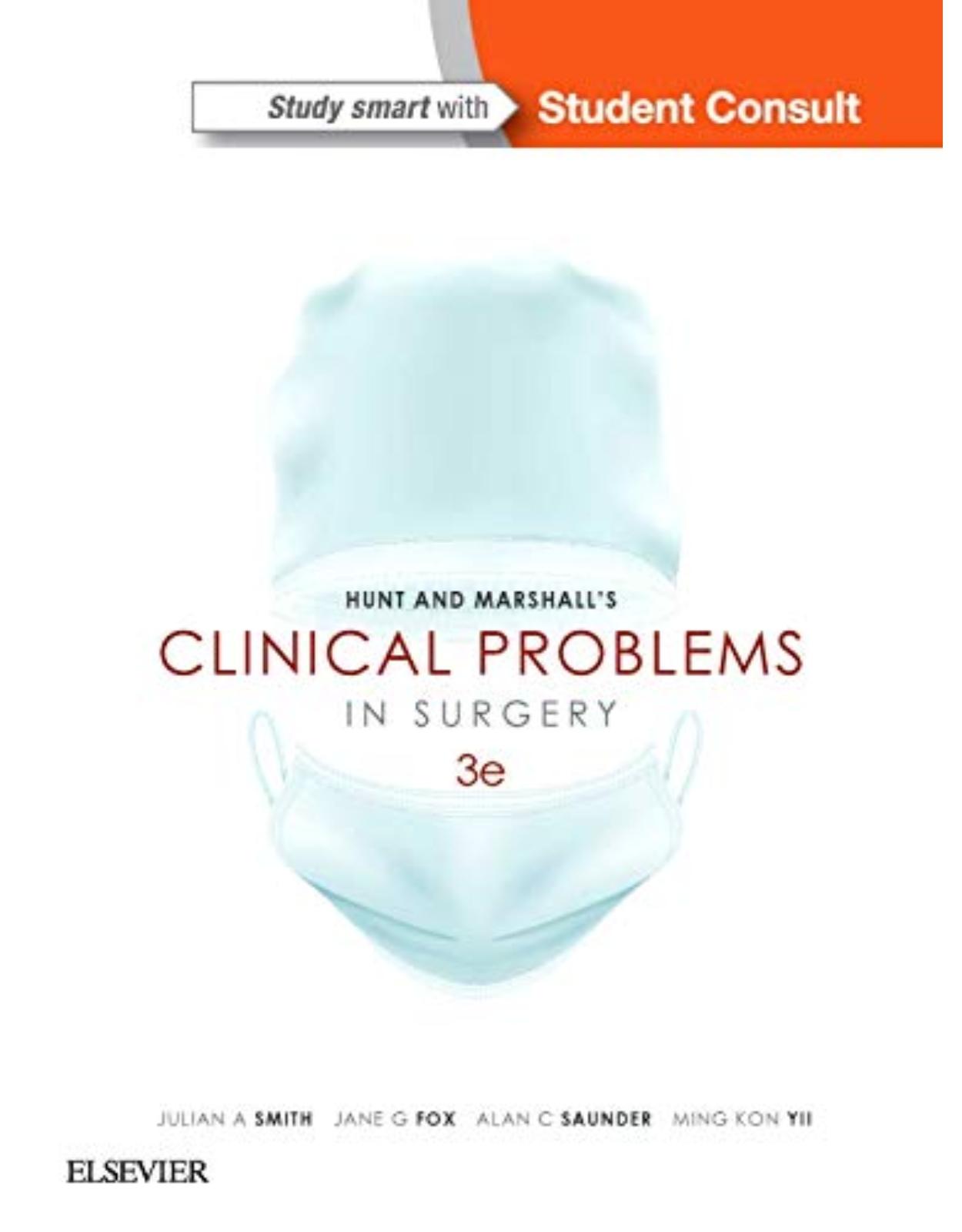
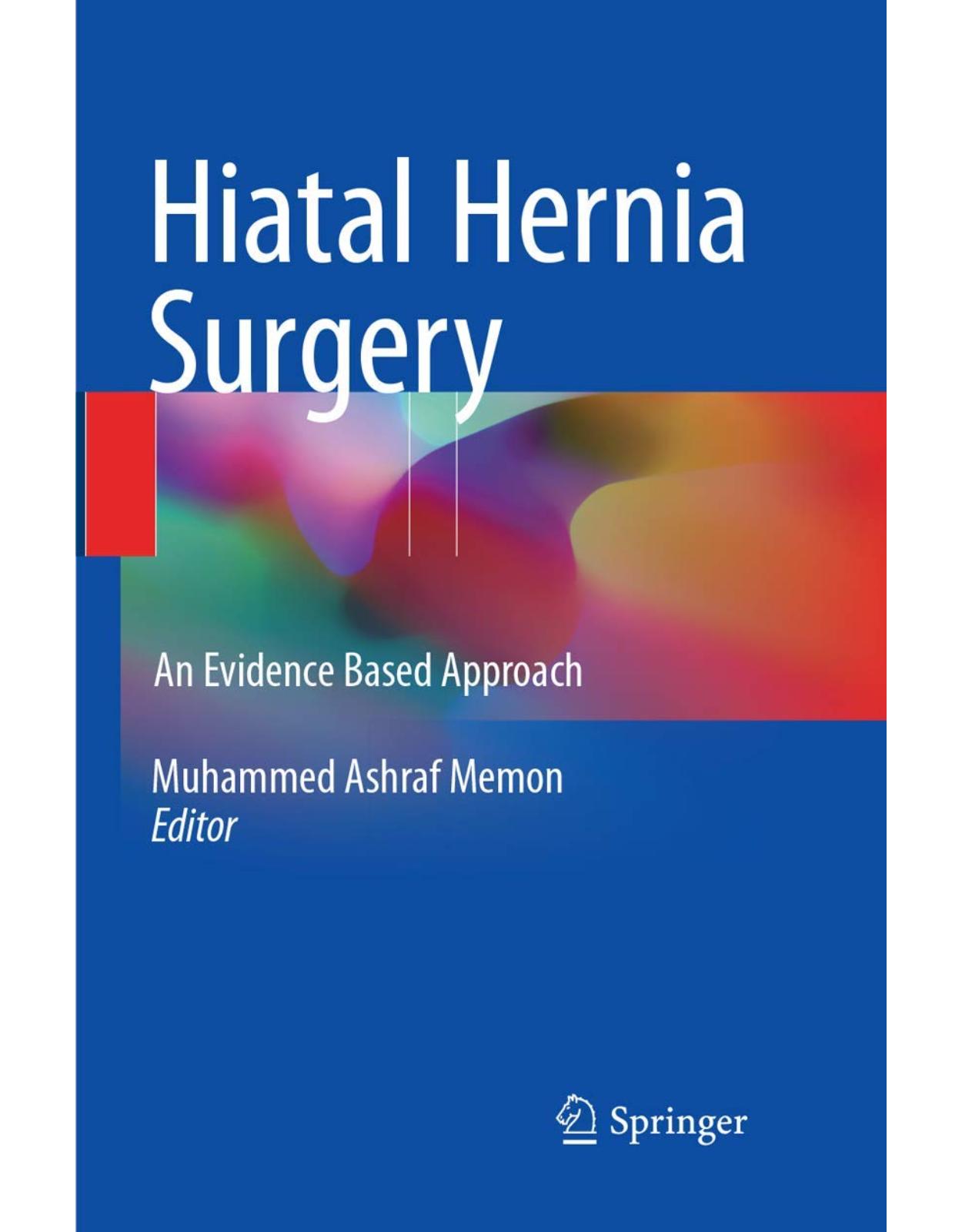
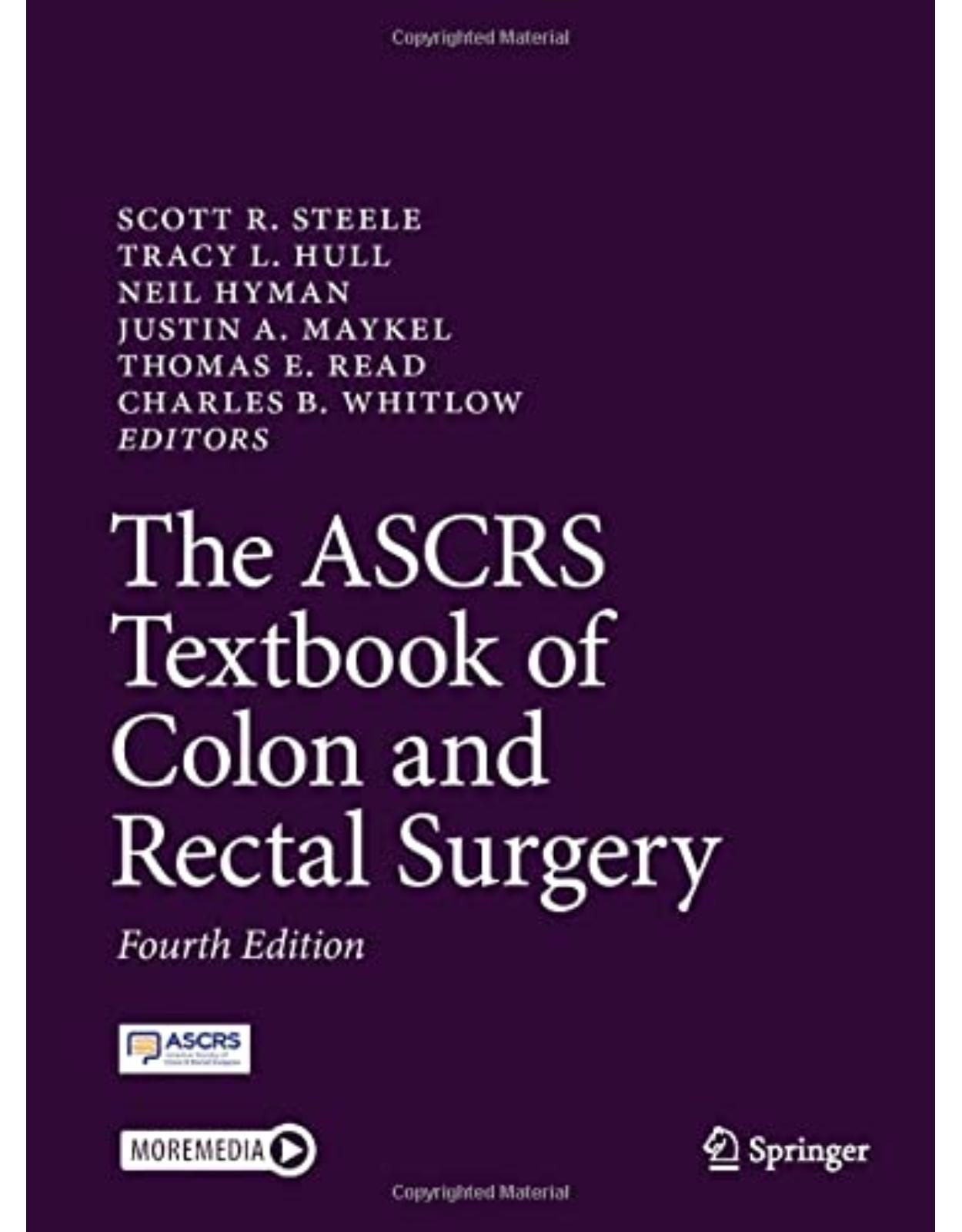
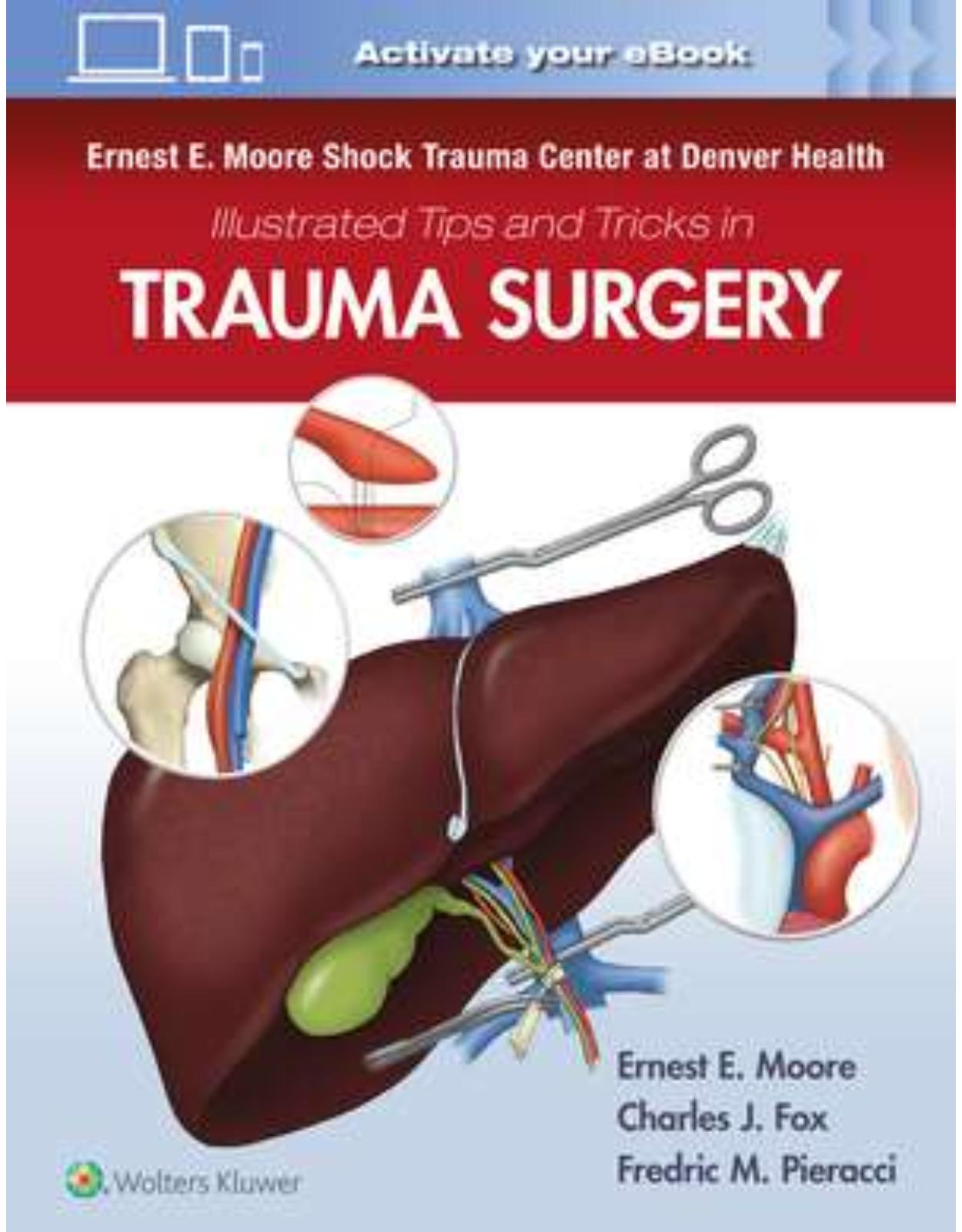
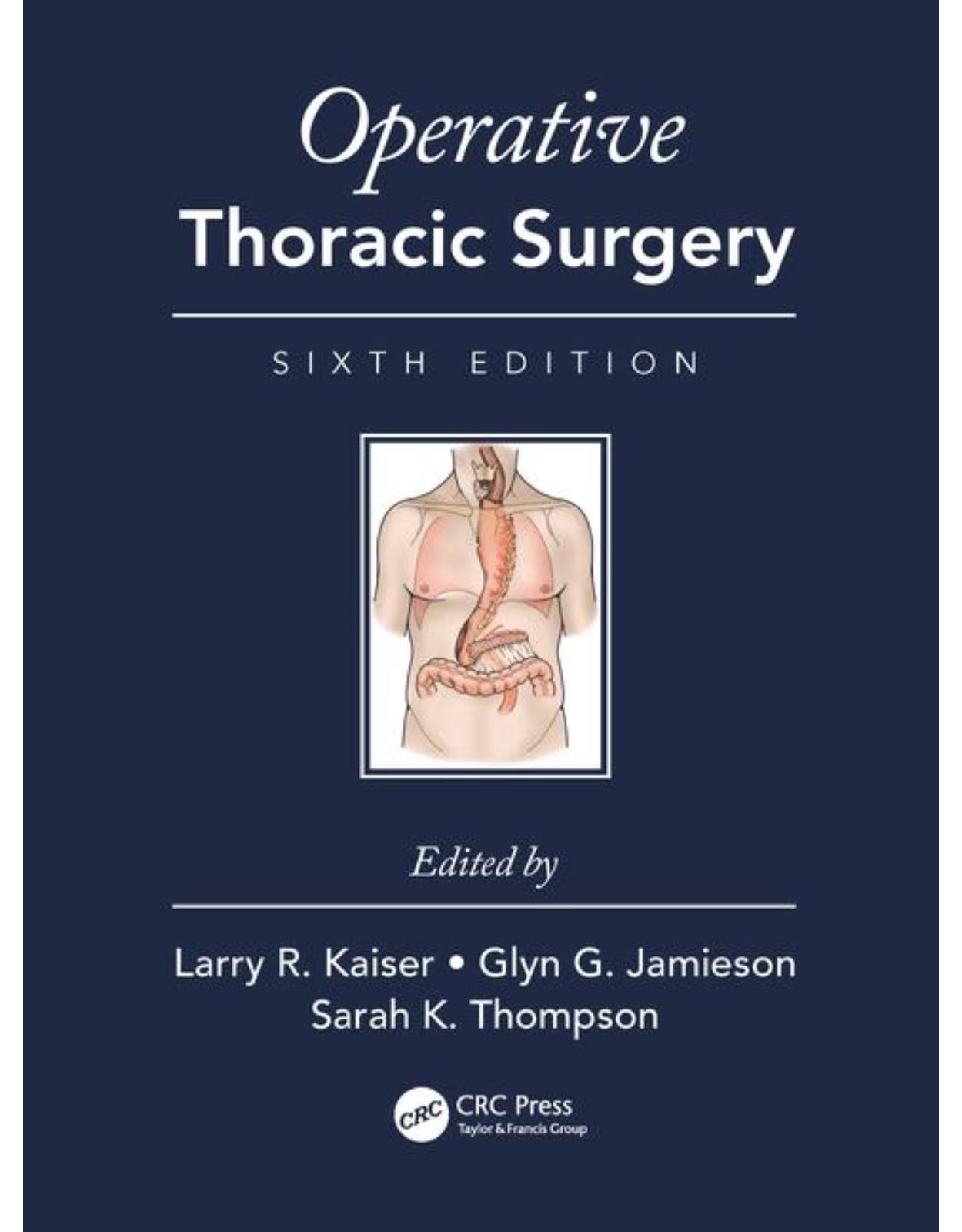
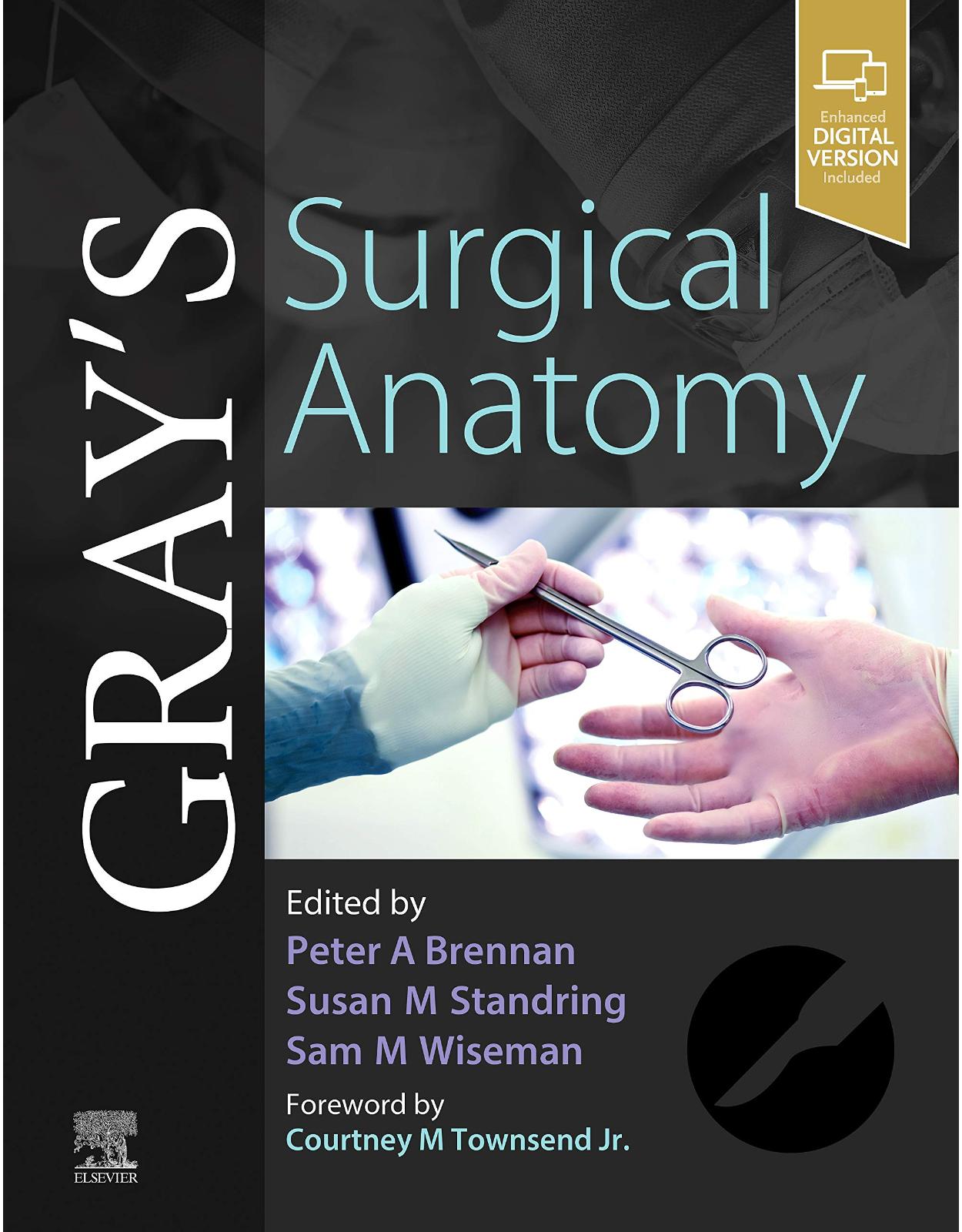
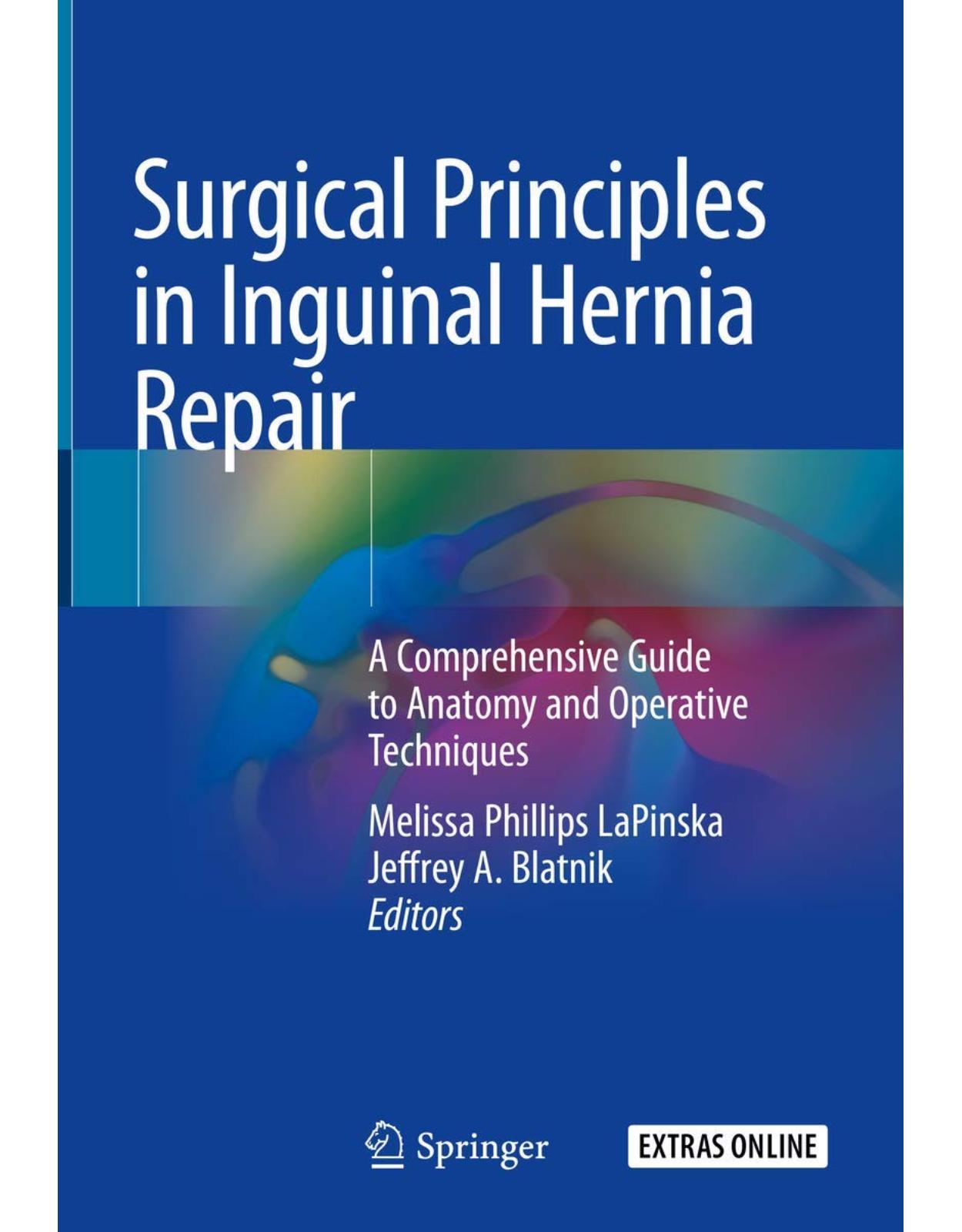
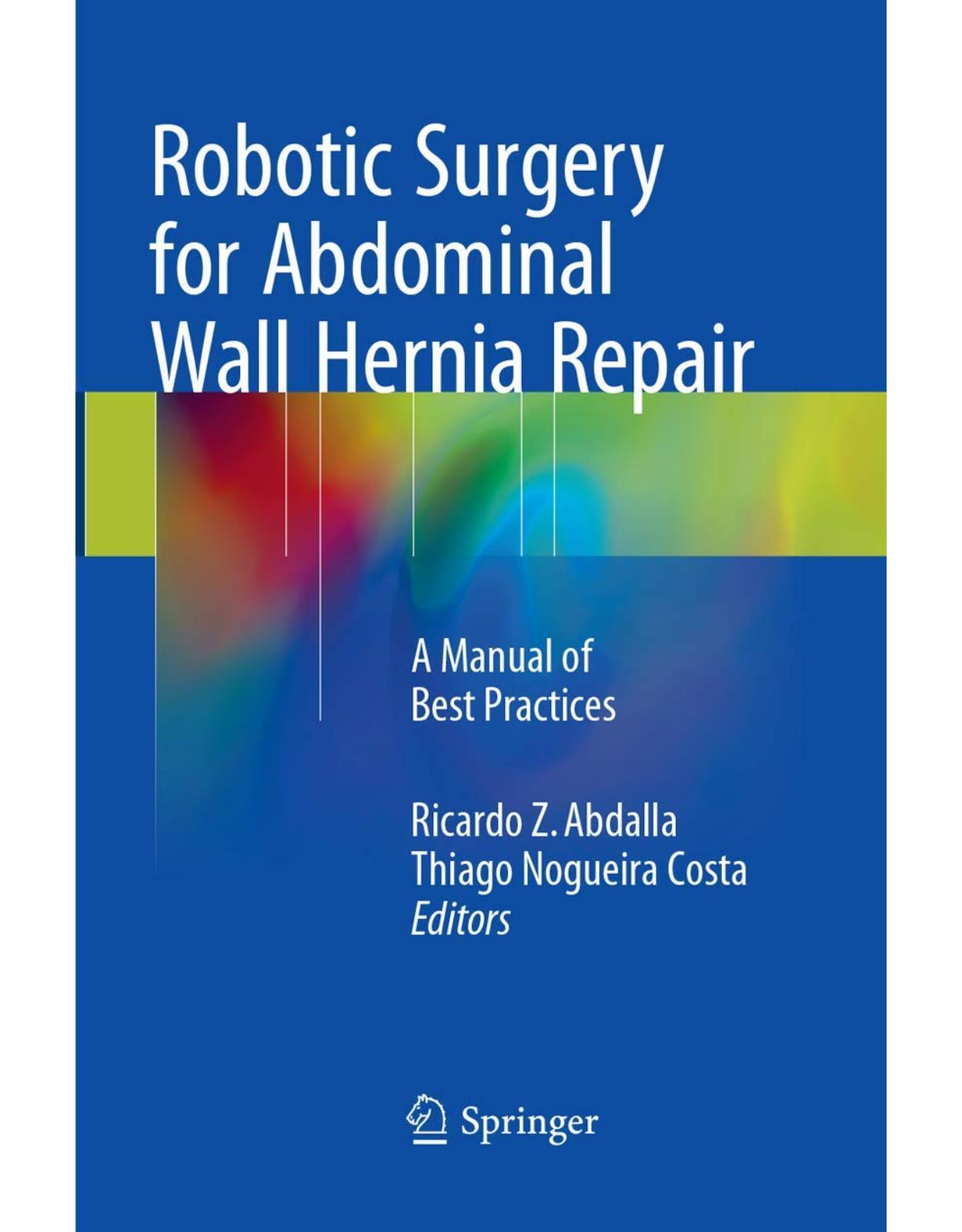
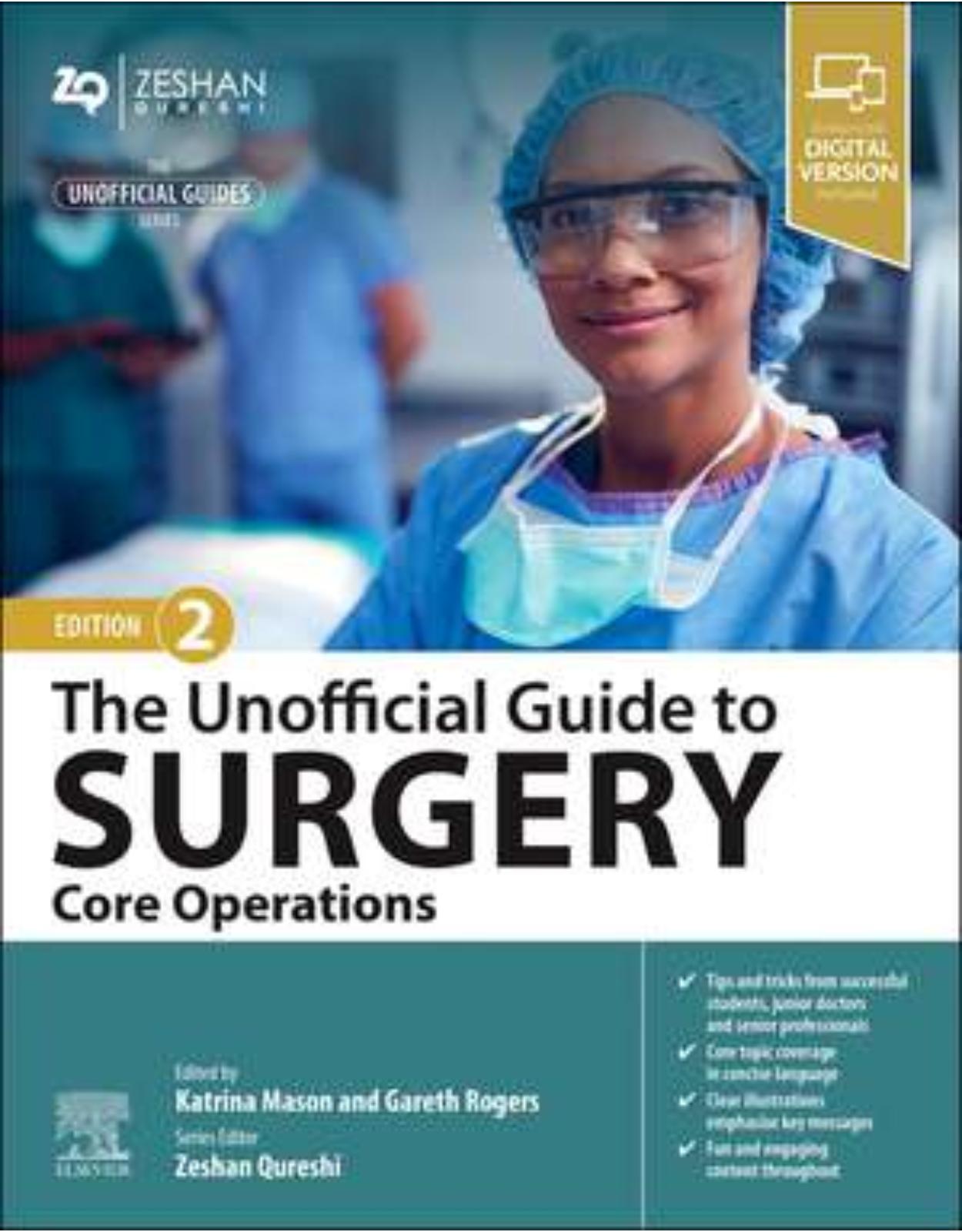
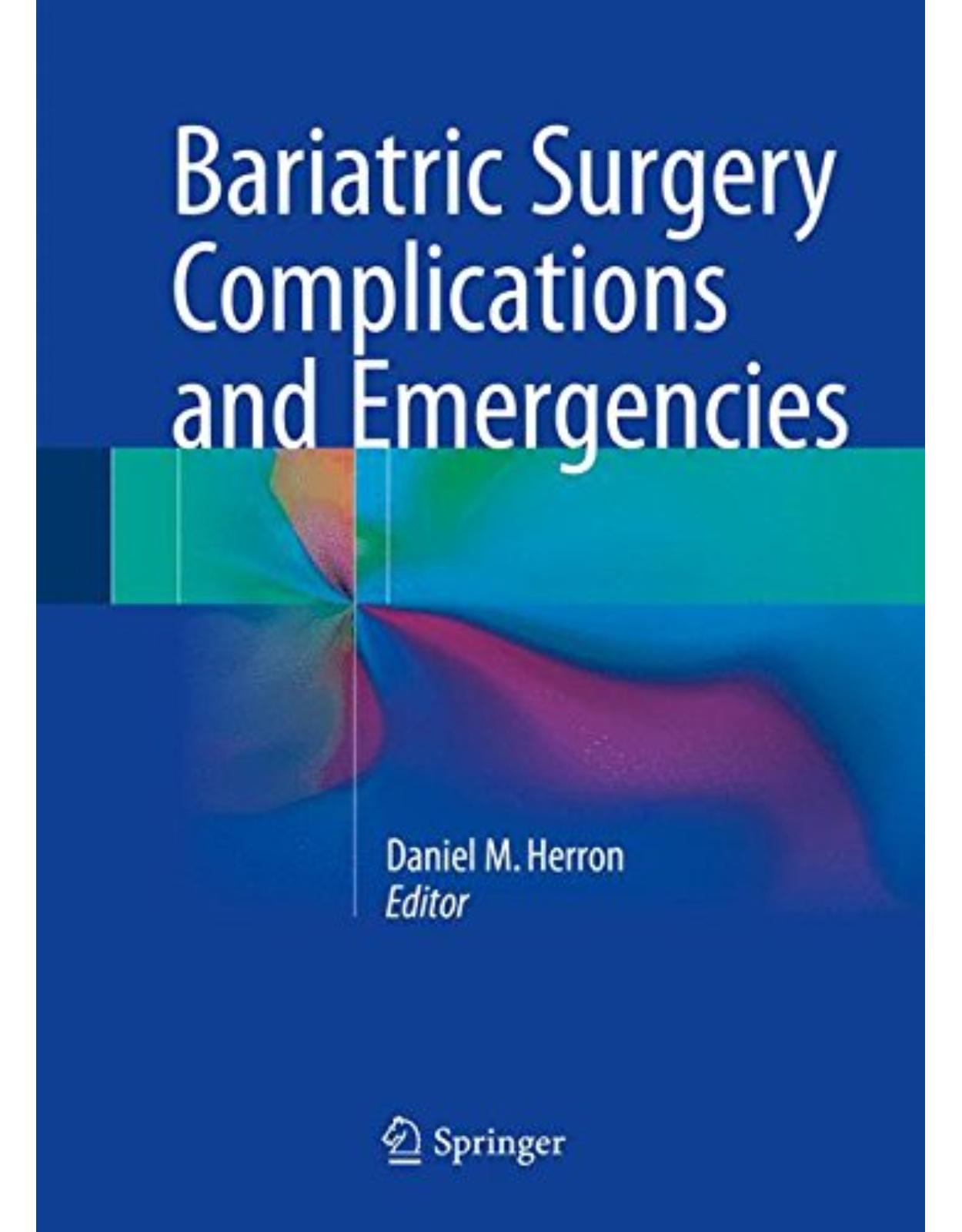

Clientii ebookshop.ro nu au adaugat inca opinii pentru acest produs. Fii primul care adauga o parere, folosind formularul de mai jos.